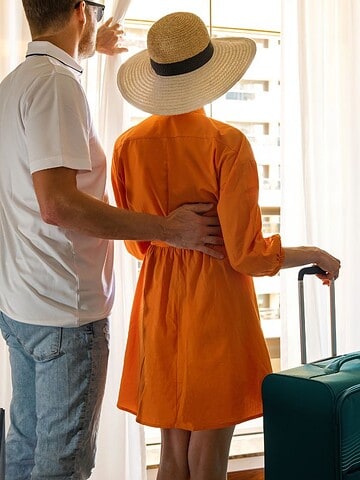Some locations are harder to handle when the lights go out, and there are places in North America you don’t want to be during a power outage. In these areas, extreme weather, dense populations, or fragile infrastructure can make blackouts more dangerous and disruptive. From sweltering cities where air conditioning is critical to remote regions where access to supplies is limited, a loss of electricity can quickly turn from inconvenient to hazardous.
With these places, the risks highlight how deeply daily life depends on reliable power. Knowing where outages can hit the hardest helps travelers and residents prepare for challenges like communication breakdowns, food shortages, or limited emergency services. Explore which spots in North America are most vulnerable and understand the factors that make them more difficult during blackouts. Awareness today can make a big difference when the grid goes down tomorrow.

New York City, New York
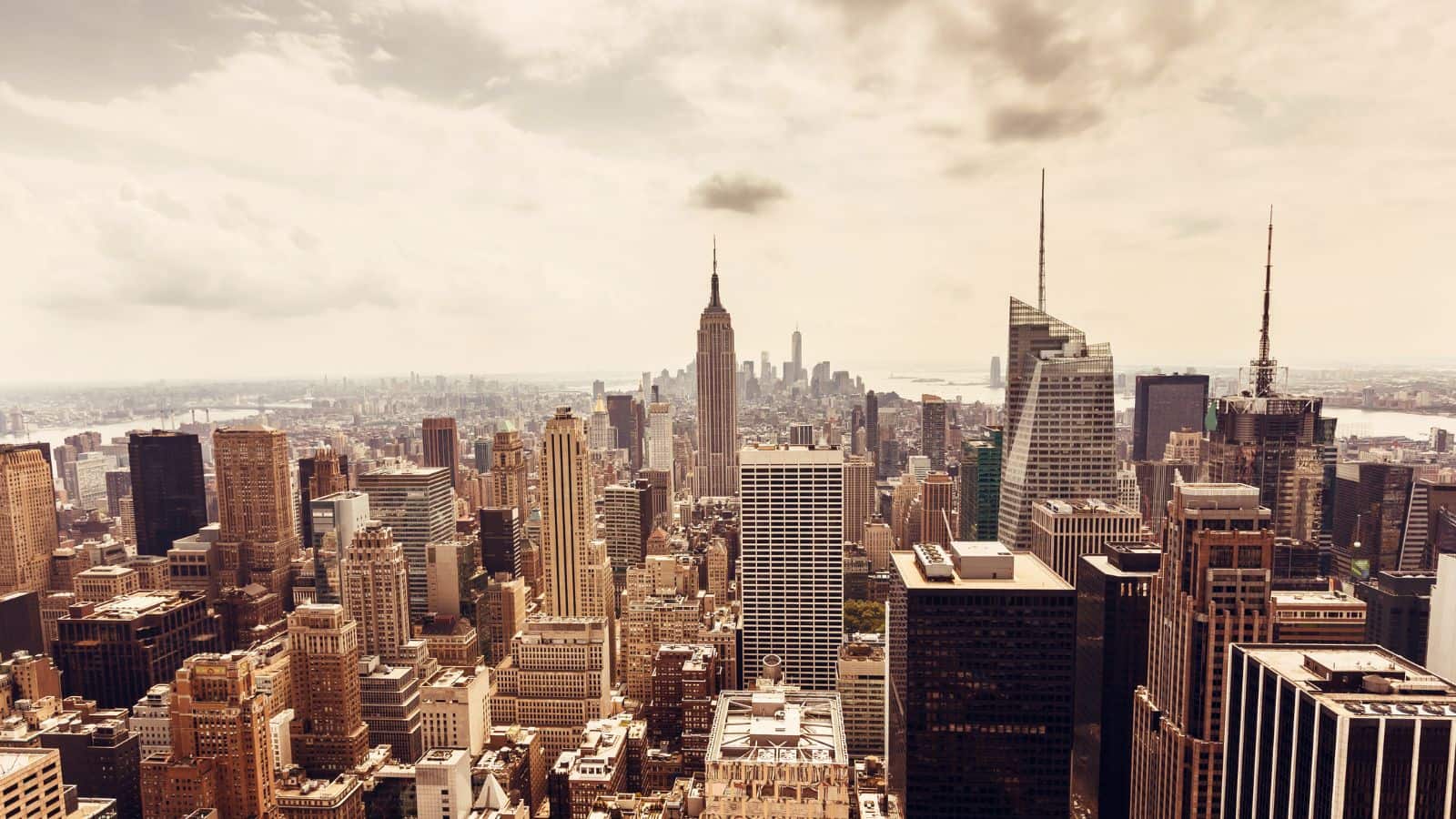
New York City’s dense population and dependence on electricity for public transit, business operations, and daily life make power outages particularly disruptive. Without electricity, the subway system grinds to a halt, trapping thousands of commuters. High-rise apartments lose elevator service, and those relying on electric-powered medical devices face dangerous situations. In summer, the lack of air conditioning can be unbearable, especially for older adults, while in winter, electric heating systems shutting down can pose health risks. Businesses, restaurants, and grocery stores lose refrigerated goods quickly, leading to financial losses and food shortages in affected neighborhoods.
Las Vegas, Nevada
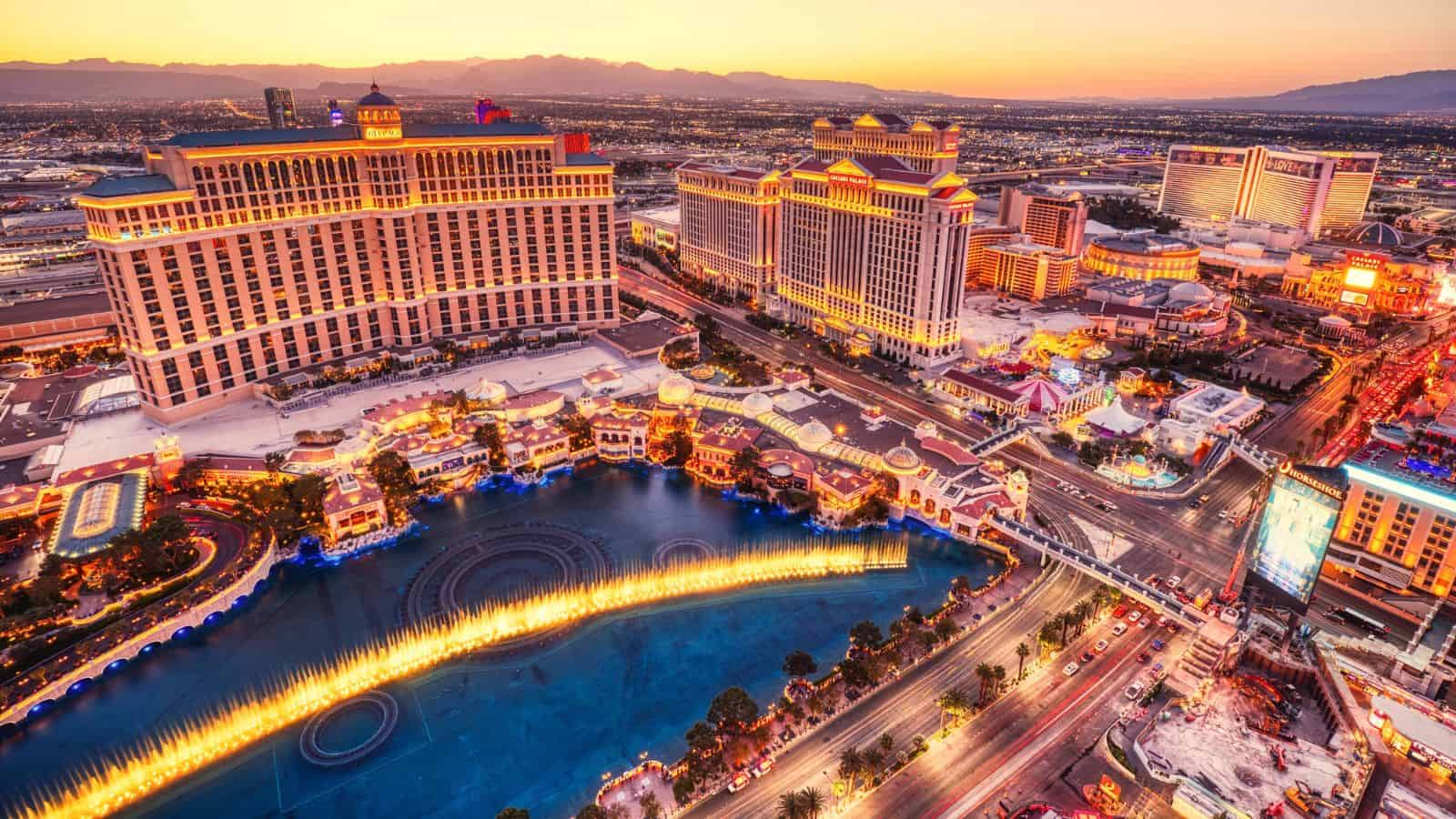
Las Vegas faces extreme challenges during power outages due to its desert climate and heavy reliance on air conditioning. When the electricity goes out in summer, temperatures can rise to unsafe levels indoors within minutes. The city’s famous hotels and casinos depend on constant power for gaming, lighting, security, and guest comfort. Without electricity, water pumps may fail in high-rise buildings, affecting both residents and visitors. Traffic congestion worsens without functioning lights, and tourism — the lifeblood of the local economy — takes an immediate hit. Even short-term outages can cause significant safety and economic problems.
Phoenix, Arizona
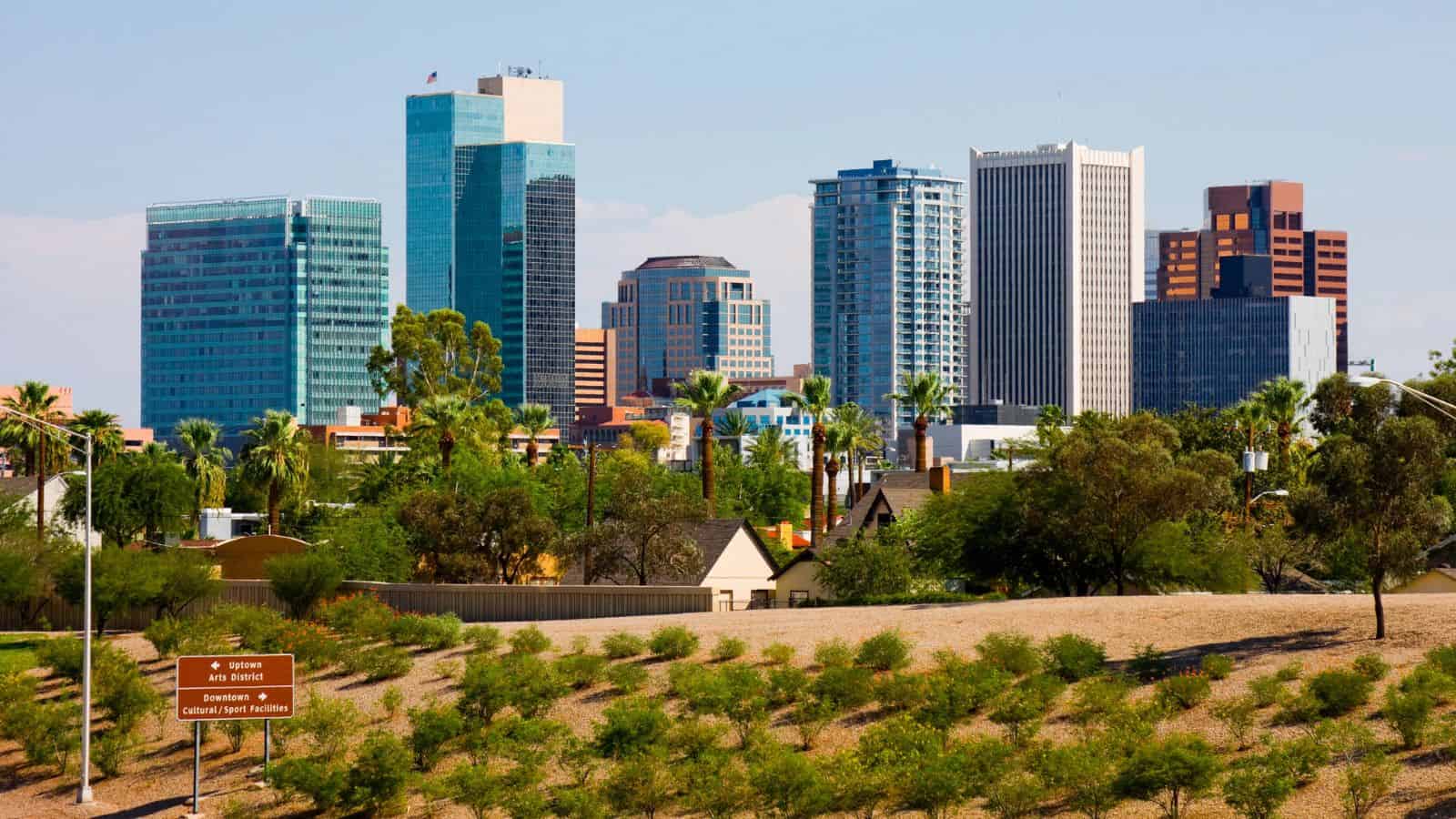
In Phoenix, extreme summer heat makes air conditioning essential for survival. Power outages during peak temperatures can quickly lead to dangerous indoor conditions. Residents without backup cooling options face serious health risks, particularly older adults and people with medical conditions. Traffic issues increase without working signals, and refrigerated food and medicine can spoil in hours. Businesses, from restaurants to warehouses, may have to halt operations, causing economic strain. In sprawling suburban areas, outages may take longer to address, leaving many residents without relief. Given the city’s climate, any loss of electricity can have serious and immediate consequences.
Miami, Florida

Miami’s tropical climate and hurricane exposure make it vulnerable to long-lasting power outages. Without electricity, air conditioning and refrigeration become unavailable, creating unsafe conditions for residents. Flood control systems and pumps can fail, leading to water damage in low-lying neighborhoods. The city’s reliance on electric public transportation and streetlights means traffic safety is compromised. Businesses suffer from lost inventory, and hospitals must depend on backup generators, which can only run for a limited time. With frequent severe weather events, residents and infrastructure face recurring challenges in restoring services after major outages.
Detroit, Michigan

Detroit’s older electrical infrastructure makes it prone to outages during storms and extreme weather. Power loss in winter leaves residents vulnerable to freezing indoor temperatures when electric heating systems stop working. In summer, air conditioning failures put older adults at risk during heatwaves. Without traffic lights, intersections become hazardous, and businesses lose refrigerated products quickly. Recovery times can be longer in certain neighborhoods due to aging equipment and resource allocation challenges. With a population spread over a large area, outages disrupt daily life and economic activity, impacting both residential and commercial zones.
New Orleans, Louisiana

Want to save this?
New Orleans is no stranger to power outages, especially during hurricane season. When electricity goes out, the city’s heat and humidity quickly make living conditions uncomfortable and unsafe. Flood pumps may stop, increasing the risk of water damage in low-lying neighborhoods. Streetlights going dark can create safety concerns, and businesses dependent on refrigeration lose inventory. Hospitals and care facilities may need to rely on backup generators, which can only run for limited periods. For a city with a large population in vulnerable housing and a reliance on constant drainage systems, outages carry serious and widespread consequences.
Chicago, Illinois

In Chicago, power outages can be dangerous in both summer and winter. During brutal winters, electric heating systems shutting down leave residents at risk of hypothermia. In summer heatwaves, loss of air conditioning can be hazardous for older adults and those with health issues. Traffic problems arise without functioning stoplights, and businesses experience financial losses from spoiled goods and halted operations. Public transit delays also worsen, affecting thousands of commuters. In neighborhoods with older infrastructure, recovery from outages can take longer, leaving residents without critical resources. The city’s size means disruptions can affect millions within hours.
Los Angeles, California

In Los Angeles, a blackout can be disruptive across its sprawling neighborhoods. Extreme summer heat without air conditioning can quickly become dangerous. Traffic chaos worsens without functioning lights, especially on already congested roads. Water pressure in high-rise apartments can drop, and businesses may face immediate financial losses. For residents relying on home medical equipment, even a short outage is a serious concern. Wildfires in surrounding areas sometimes trigger preventive power shut-offs, leaving entire neighborhoods in the dark for safety reasons. With millions of residents spread over a large urban area, the effects of outages are far-reaching.
Houston, Texas
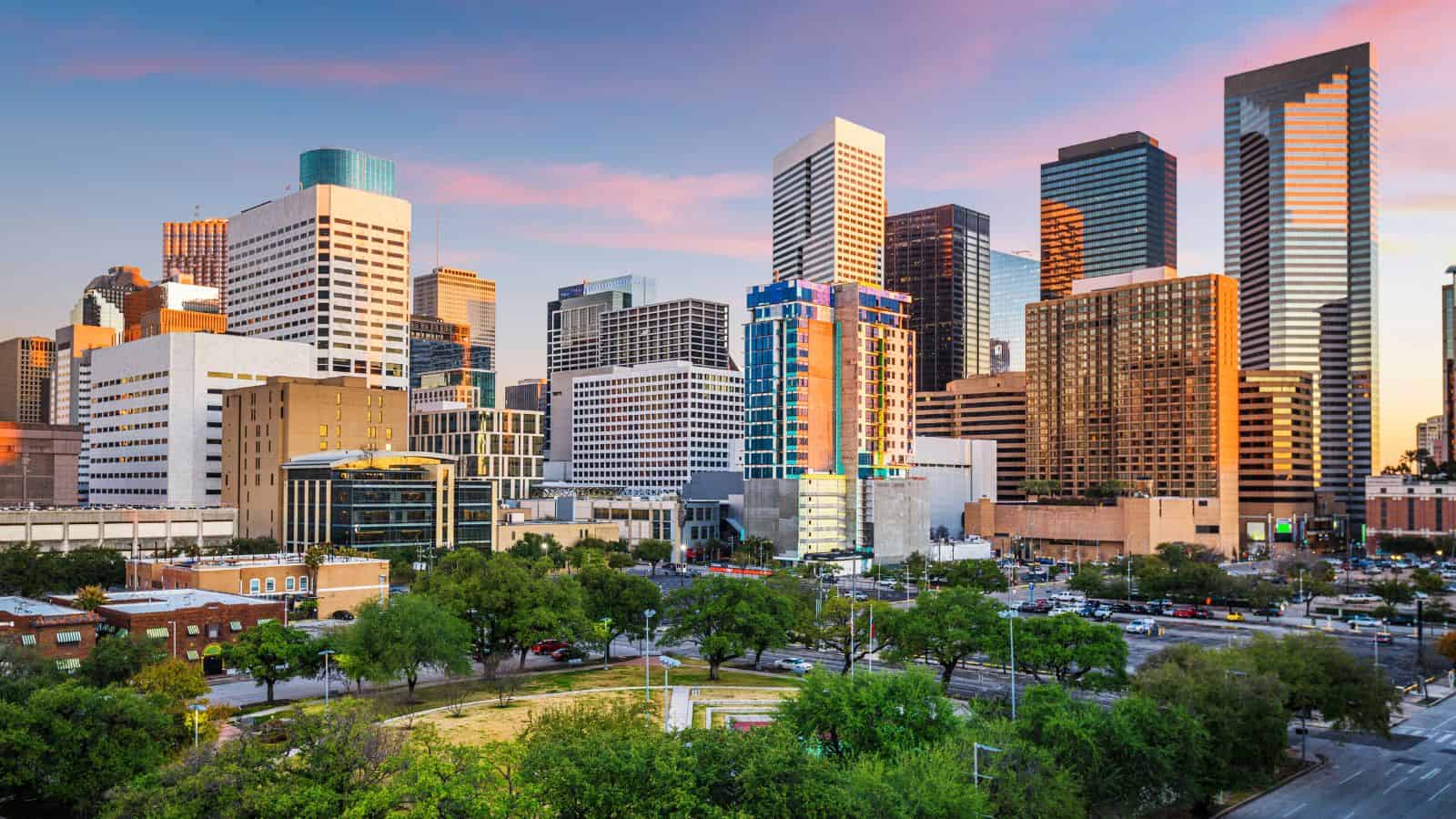
In Houston, power outages are often linked to hurricanes, severe storms, or extreme heat. Air conditioning is crucial here, and without it, indoor temperatures can climb to unsafe levels quickly. Flooding risks worsen when pumps lose power, and food spoilage becomes a concern within hours. Businesses and schools may close, and medical facilities need to rely on backup generators. Traffic problems escalate without working lights, and public safety may be at risk in some neighborhoods. Given the city’s size and weather patterns, outages can impact hundreds of thousands of people at once, causing both economic and health challenges.
San Francisco, California

San Francisco’s dense urban structure makes outages especially disruptive. In older buildings, elevators can stop mid-use, trapping residents. Traffic congestion worsens without functioning stoplights, and businesses lose refrigerated goods quickly. With its reliance on technology-driven work, a loss of internet and power can halt operations for many companies. Preventive shut-offs during wildfire season leave neighborhoods without electricity for hours or days. In areas with limited natural light, homes and offices can feel unlivable during extended outages. For a city dependent on both tech infrastructure and public services, any blackout can ripple through daily life immediately.
11 Safest US States When It Comes to Natural Disasters
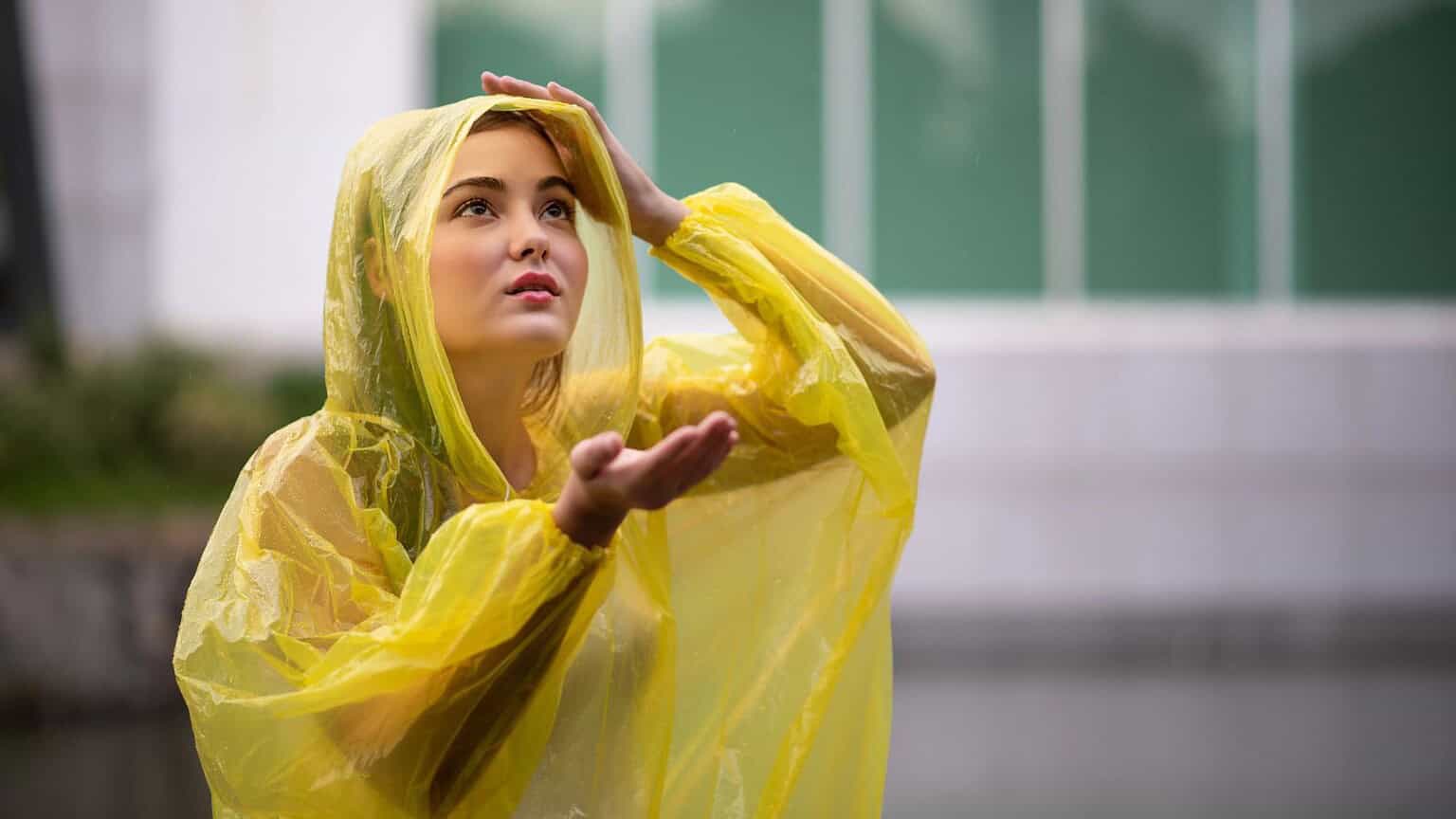
Natural disasters can strike unexpectedly, making safety a top priority for many people. There are 11 safest US states when it comes to natural disasters, providing more peace of mind for residents and visitors alike. These states have lower risks of hurricanes, earthquakes, floods, and other severe weather events, allowing for a more secure living environment.
Read More Here: 11 Safest US States When It Comes to Natural Disasters
9 of the Best Places to Be in the U.S. If Society Breaks Down
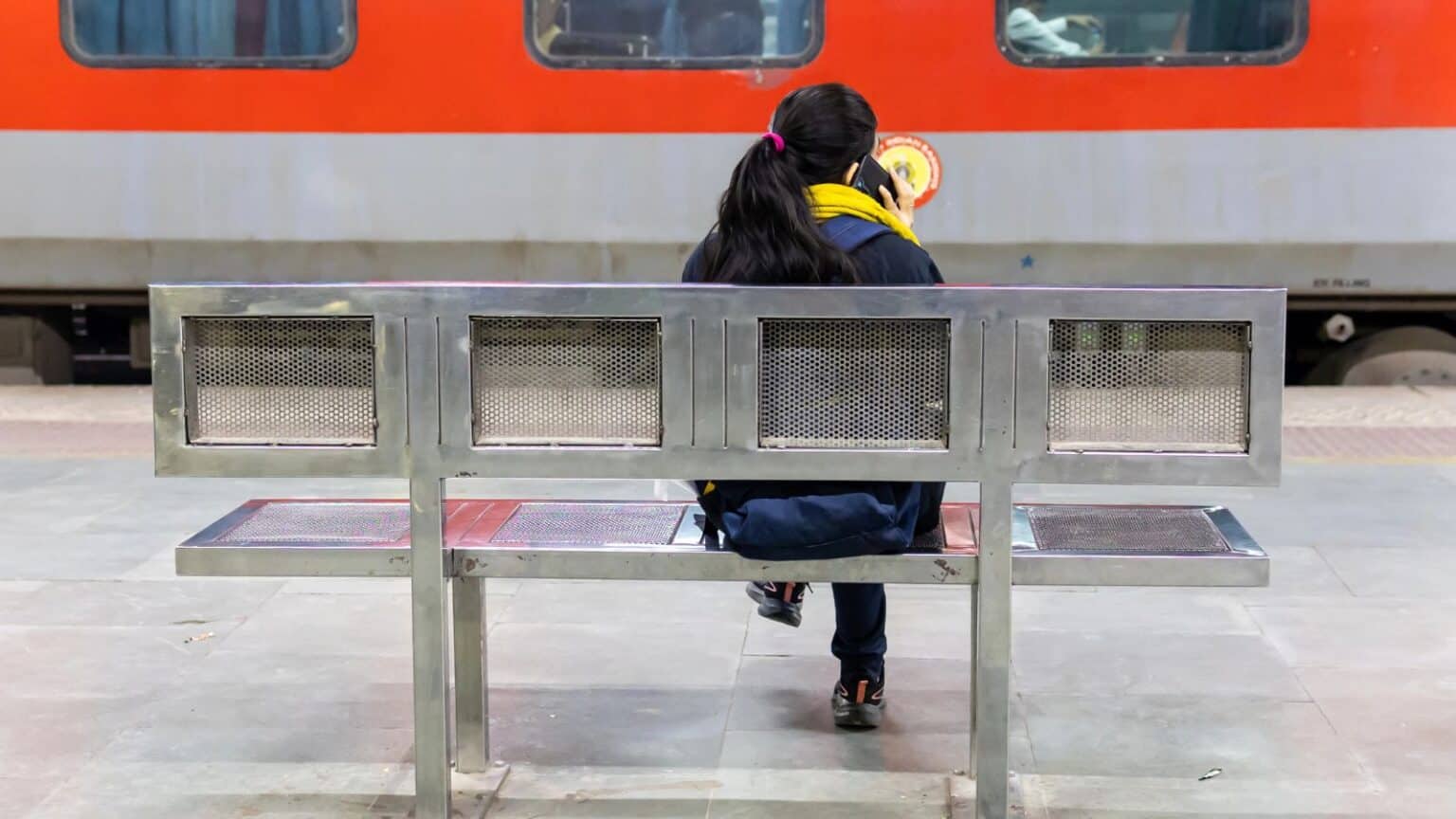
In the face of a major crisis, choosing where to ride out turmoil can mean the difference between hardship and resilience. Here are 9 of the best places to be in the U.S. if society breaks down, selected for their self-reliant communities, access to fresh water, and landscapes that support security and food production.
Read More Here: 9 of the Best Places to Be in the U.S. If Society Breaks Down

